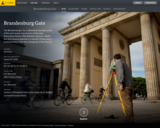
1788 CE - 2017 CE, The physical representation of an evolving German identity
- Subject:
- Architecture
- Arts and Humanities
- CTE
- World history
- Date Added:
- 06/06/2017

1788 CE - 2017 CE, The physical representation of an evolving German identity
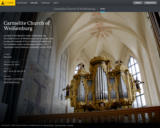
1350 CE - 1788 CE, Frescoed Ceiling of a Medieval Church
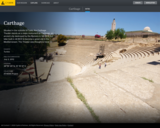
900 BCE - 146 BCE, The amphitheaters found around the Mediterranean are one of the most important legacies left from ancient civilizations. Their architecture, acoustics, and quality of structure give clue to their social importance and craftsmanship. As important as they were historically, they are equally as important now to the living legacy from tourists to local performers. However, it is also this continued interest that has become a contributing factor to the deterioration of these sites. ATHENA Project
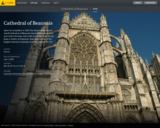
1226 CE - 1575 CE, Vaulting, Gothic Cathedral in France
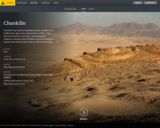
350 BCE - 50 CE, Earliest Astronomical Observatory in the Americas
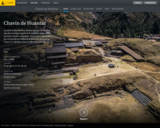
1500 BCE - 300 BCE, Ancient Peruvian Mountain City at 11,000 Feet - Located in the Peruvian Andes, ChavÃÂÂn de Huántar was the strategic capital and religious center of the pre-Inca, ChavÃÂÂn civilization. The project team from the University of California at Berkeley traveled to ChavÃÂÂn to digitally preserve this important site. The project's goal was to support and supplement archaeological activities and research being conducted by Stanford University with the intent of the new data becoming the foundation for an on-site conservation plan.
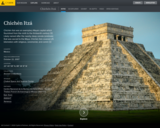
600 CE - 1221 CE, Ancient Mayan City of the Yucatan
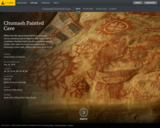
1000 CE - 1700 CE, Capturing the symbolic tradition of the Chumash
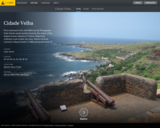
1466 CE - 1712 CE, The First European Slave Port

1876 CE - 1910 CE, Wild West Town in South Dakota
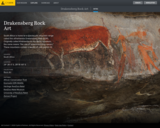
Historical Period Unknown, Drakensburg Rock Art - South Africa is home to a spectacular mountain range called the uKhahlamba Drakensberg Park (UDP). Originally called Khahlamba by the Bantu-speakers, the name means "the row of upward-pointing spears." These mountains contain a wealth of rock paintings depicting the beliefs and traditions of the San hunter gatherers who first inhabited South Africa. The paintings are the only tangible record left of the San who for the past 100 years have been considered an extinct people and culture. The sites are outstanding in their quality, diversity of subject and their exquisite depiction of animals and human beings. The rock art greatly contributed to the Park being listed as a UNESCO World Heritage Site in 2000.

1636 CE - 1688 CE, Imperial Tombs of the Qing and Ming Dynasties
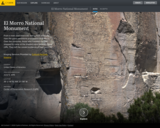
1906 CE, From a main east-west trail, dating from antiquity, rises the great sandstone promontory of El Morro. Over the centuries, those who traveled this trail stopped to camp at the shaded oasis beneath these cliffs. They left the carved evidence of their passing - symbols, names, dates, and fragments of their stories that register the cultures and history intermingled on the rock. Explorers and travelers have known of the pool by the great rock for centuries. A valuable water source and resting place, many who passed by inscribed their names and messages in the rock next to petroglyphs left by ancient Puebloans. The ruins of a large pueblo located on top of El Morro were vacated by the time the Spaniards arrived in the late 1500s, and its inhabitants may have moved to the nearby pueblos in Zuni and Acoma. As the American West grew in population, El Morro became a break along the trail for those passing through and a destination for sightseers. As the popularity of the area increased, so did the tradition of carving inscriptions on the rock. To preserve the historical importance of the area and initiate preservation efforts on the old inscriptions, El Morro was established as a national monument by a presidential proclamation on December 8, 1906.
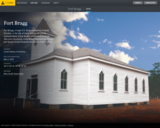
1847 CE - 1923 CE, Churches of Antebellum North Carolina
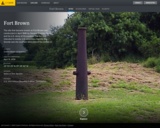
1846 CE, Formidable Fort of the U.S.-Mexican War
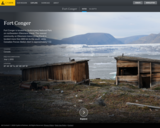
1881 CE - 1935 CE, Site of Polar Exploration
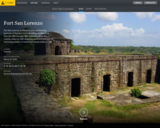
1595 CE - 1821 CE, Panama's Colonial Era Gateway between the Atlantic and Pacific Oceans

1876 CE - 1877 CE, In 1876, as the founders of Rapid City, South Dakota planned the layout of the city, Founders Rock attracted much attention for its prehistoric Native American rock art. The site of modern-day Founders Park, located along Rapid Creek, was previously utilized by the native Lakota and Cheyenne groups as a camp site to aid their movement through the Black Hills. The area later became home to various industries, including Rapid City's first electric power plant, a lumber mill, and a meat-processing facility. After a serious flood in 1972, the facilities shut down and the site became parkland. Today, Founders Park is a popular destination for hikers and rock climbers, and Founders Rock is particularly iconic for its unique inscriptions.

6000 BCE - 1880 CE, Rock Art of Colorado, The exquisite rock art at Gateway is hidden within the stunning landscape of sculptured rock that surrounds the western Colorado town. Two rock art sites at Gateway were selected for digital preservation, conducted between CyArk and local experts in 2014.
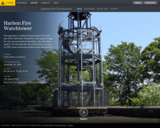
1857 CE - 1878 CE, A Reminder of a History of Fire